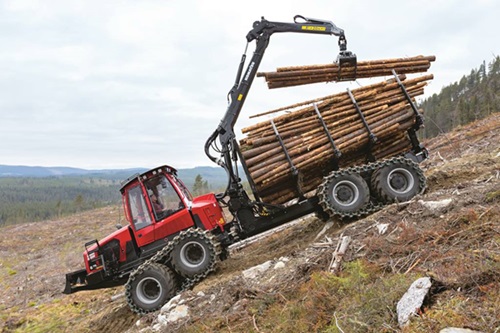
The Komatsu Traction Aid Winch is available as an option on the Komatsu 875 and the Komatsu 931XC.
When harvesting and forwarding in steep terrain, a traction aid winch is a useful complement to ensure a productive working day with low impact on the forest. The Komatsu Traction Aid Winch is a high-quality system based on more than twenty years’ experience of winch use in the alpine regions of Europe. The system has been complemented with anchor point monitoring to meet the requirements of the new ISO standard for traction aid winches.
Harvesting and forwarding timber in demanding conditions requires specially adapted technology, such as a traction aid winch. The Komatsu Traction Aid Winch is a high-quality winch solution that provides extra tractive force and grip and enables the machine to navigate terrain that would otherwise prove inaccessible. The winch has a well-considered design that helps to simplify your working day, and, thanks to its compact dimensions, it impacts neither manoeuvrability nor visibility.
The harvester winch is easily removed during servicing or when driving on flat terrain. It also has a hydraulic tilt that makes it easy to tilt the winch downwards when opening the hood or adjusting the rope angle.
The forwarder winch is designed to be well integrated with the rear frame. The Komatsu 875 has an integrated crane tilt option, which helps to compensate for any lean of the machine up to 22 degrees and thereby better maintains the crane’s slewing torque in steep terrain.
The winch is controlled with the aid of a remote control, and to optimise winch use it also offers several operating modes. The system is based on the well-proven capstan principle, which means that the winch has a separate drum for rope storage while the tractive force is provided by the capstan unit. This solution provides even traction regardless of how much rope is left on the drum. It also causes less wear on the rope, resulting in a longer service life. What’s more, the winch has a rope feeder unit that ensures that the rope is always tensioned inside the winch.
One new feature is that the system has been complemented with anchor point monitoring, which meets the requirements of the new ISO standard for traction aid winches. This system provides the operator with a warning if the anchor tree moves, so that the machine can be secured. Source
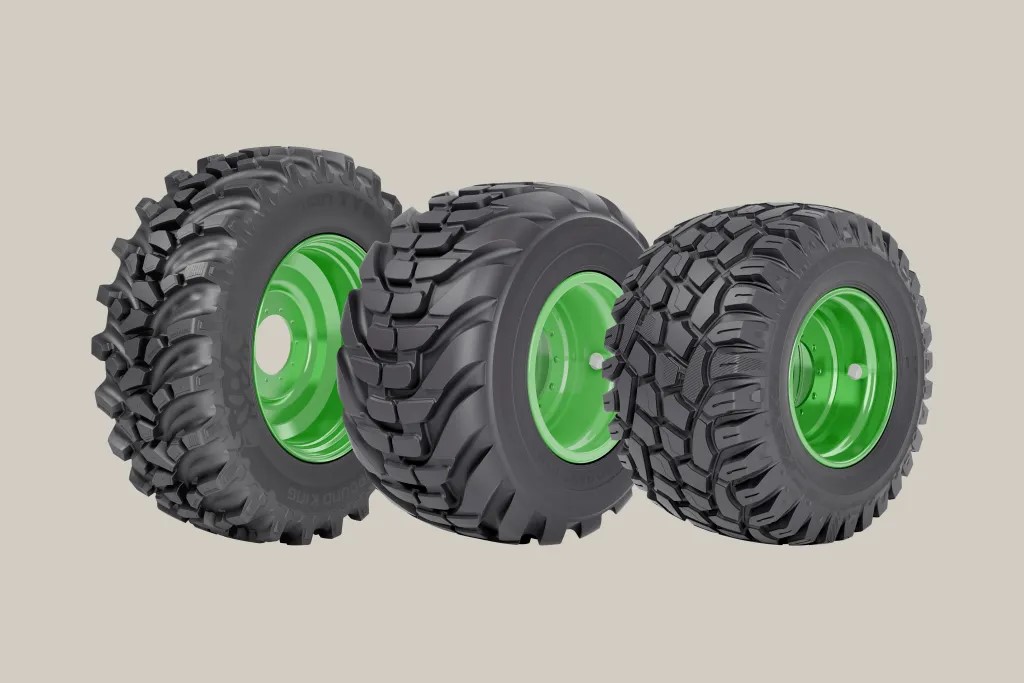
Not every wheel fits a particular tyre.
First comes the tyre and then it’s time to choose a matching wheel. What should one consider in order to get the best out of the complete wheel? Nokian shares tips on how to make the perfect match.
When purchasing tyres, the wheels may appear to be a necessary inconvenience. However, the characteristics of the heavy-duty wheel play a significant role in ensuring the complete package functions correctly. Various factors determine the suitable use for a wheel.
Tree stumps, high speeds, and heavy loads – wheels have tough requirements. While many tyres may be purchased over the life of a machine, wheels are typically only purchased once and are expected to last at least as long as the machines. It is unacceptable for a wheel to fail.
For instance, agricultural and forestry tyres may have wheels with the same profile, but their traction requirements are very different. When dealing with lighter loads, the contact surface between the tyre and the wheel does not need to be knurled. If less friction is required, the bead area can be completely smooth. Knurling is also not necessary when a tyre is located on a non-driving axle (such as on trailers).
To prevent tyre slippage, knurling is added to the wheel when loads and torques are high. This also allows for the use of varying pressures without compromising grip. Remember, pressure affects traction, so where there is less pressure, more grip is required from the knurling.
Profile design matters. The shape of the wheel is defined by different standards within a certain scale. Profile design affects the ease of installing the tyre on the wheel and ensures it functions correctly without any issues. Using the correct wheel makes installation easier and ensures that the tyre lasts and works properly.
Wheels often need to withstand heavy loads and external impacts. Therefore, the rim must be very sturdy in many situations. When the complete wheel package must perform in the most unforgiving environments, advanced reinforcements can be added to the wheel. Nokains Tube-Edge reinforcement, for example, is a tubular rim reinforcement that seamlessly integrates with the wheel, adding rigidity and longevity.
In agriculture, the wheels do not carry heavy loads, so they do not need additional reinforcement as they do in forestry. However, sufficient durability and rigidity are required, and the wheel should be uniform and as round as possible to prevent the tractor from bouncing during high-speed road transits.
In forestry, the speeds are lower, but supreme grip and durability are required. Knurling is essential to reduce the risk of the tyre slippage on the wheel, which can make it impossible to move forward and often causes punctures. Reinforcements are required for bumps and heavy loads.
In earthmoving, both stability and durability are crucial. Wheeled excavators must be able to withstand rocky construction sites and heavy loads, as well as high-speed road transits between sites. Yet, durability and load-bearing capacity are top priorities.
Heavy-duty wheels and tyres should not be considered separately but rather as a combination of perfectly matched properties. No one is satisfied if the wheel does not function properly, and premium tyres fall apart. Ideally, wheels are designed for tyres, and tyres are designed for wheels. The proper support brings out the best in both your tyres and your machinery. Source
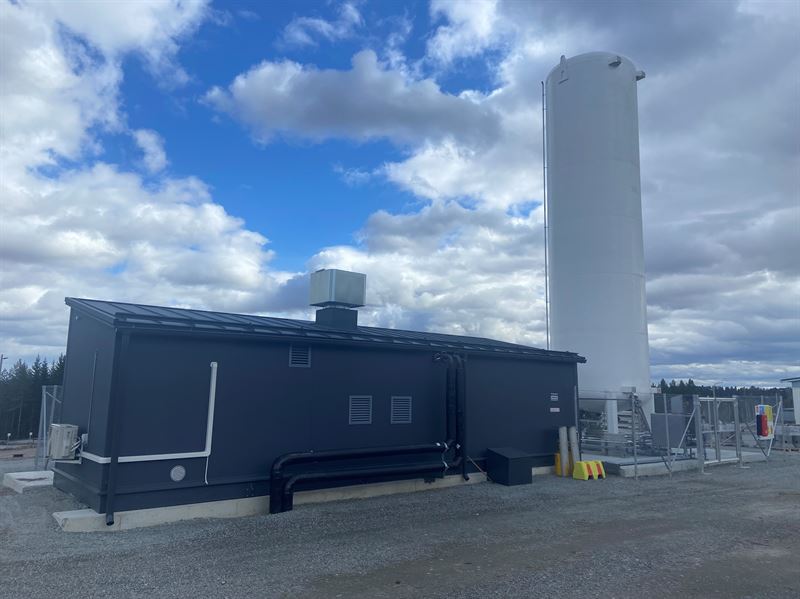
Ponsse seeks to achieve carbon neutrality at its factory in Vieremä by 2025.
Considering this goal, the most significant part of emissions comes from the use of liquefied petroleum gas as a fuel in the surface treatment process in production. Liquefied gas will be replaced by a renewable fuel when Ponsse shifts to biogas procured from a local biogas terminal.
Ponsse Plc and Vieremän Lämpö ja Vesi Oy have signed an agreement on the supply and use of biogas. Commissioned at the beginning of this year, the Vieremä biogas plant distributes liquefied and pressurised biogas for use in industry and transport.
Ponsse’s annual consumption of liquefied petroleum gas has been approximately 70,000 kg, or 900 MWh. Last year, the consumption of liquefied gas accounted for more than 90 per cent of the carbon footprint of production in Vieremä. The shift to biogas will reduce Ponsse’s carbon footprint by roughly 215 t CO₂-eq. (tonnes of carbon dioxide equivalents) and marks a significant step to achieve the carbon neutrality goal set for Ponsse’s production.
The municipality of Vieremä is currently building a raw gas pipeline for local farms. Ponsse’s pipeline connection and related modifications at the factory will be completed during summer and early autumn. While biogas links local agriculture to the technology industry, it is not only intended for industrial consumption. A refuelling station for pressurised biomethane is already in operation. It can be used with debit and credit cards, and companies can acquire a corporate payment card. The municipality has ten biogas-fuelled vehicles and tractors.
Currently, the municipality of Vieremä procures liquefied biogas from the Nordic energy company Gasum. This ensures the sufficient supply of biogas in all situations. The shift to locally produced biogas will increase along with the construction of local production.
Biogas production represents the circular economy at its best. Biogas is produced in an anaerobic digestion process at biogas plants at effluent treatment plants and on farms, in addition to which it is recovered from landfill sites. It can be produced from organic matter such as biowaste, industrial side streams, sludge, manure and field biomass. The material generated in the anaerobic digestion process is rich in nutrients and can be used as a recycled fertiliser on fields, among other uses.
Biogas is wholly renewable, and its lifecycle emissions are as much as 90 per cent lower than those of fossil fuels. Biogas is ecological because, when growing, biomass sequesters the same amount of carbon dioxide as is released into the atmosphere through its use. Source
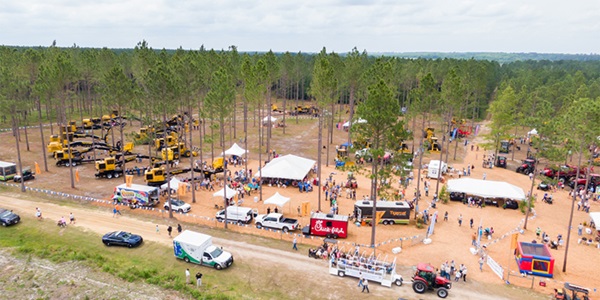
The Tigercat dealer hosted 1,600 visitors who could see 21 Tigercat machines including live demonstrations.
Tidewater Equipment’s third demo day was the culmination of years of careful planning. The event took place on a beautiful spring day at the Langdale farm outside Valdosta, Georgia, a key region where Tidewater has a strong support presence and a high concentration of forest industry customers.
Following previous demo days in 2015 and 2017, this was Tidewater’s largest and best attended ever. 1,600 visitors attended the one-day event that featured an all-Tigercat live demonstration, 21 Tigercat machines on static display, food trucks, and games and entertainment aimed at men, women and children of every possible age group.
The live demonstration was operated by Tidewater Equipment customer Sandlin Forest Products and featured a 620H skidder, 234B and T250D loaders, a 720G feller buncher and a 6900 grinder. In addition to the feller bunchers, skidders and loaders common to the US South, the static machines on display included the TCi 920 dozer, a 480B track mulcher, and the 865 and 875E loggers. The Tigercat simulator, with its new track feller buncher program, was a big draw at the event and saw a constant flow of traffic by attendees of all ages.
Tigercat brought 57 people to the event including field representatives, product managers, designers, and key senior-level management personnel. It was an excellent opportunity to interact directly with customers, as well as Tidewater sales and technical representatives. Nothing beats first-hand feedback and an exchange of ideas in a relaxed and welcoming setting.
The event was tied to Tidewater’s 77th anniversary celebration and awards of distinction were presented during the employee appreciation dinner held the evening prior to the demo day. After the day’s activities, Tidewater hosted a large-scale customer appreciation dinner. The backdrop of country music livened up the conversations and kept the energy level high. Source
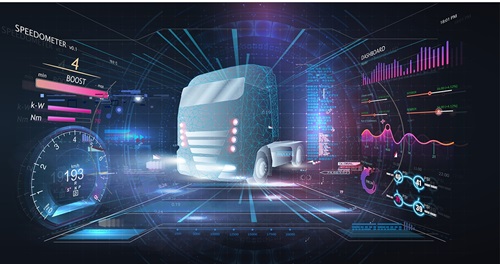
We present the second part of the article which gives insight into these battery technologies.
What is the role of software and electronics in BEV’s and FCV’s?
- Battery Management: Software's role in battery management is vital in maintaining the health and efficiency of BEVs and FCEVs. Vehicles can utilize advanced battery management systems that monitor each cell's temperature and voltage, balancing the charge across the battery pack to maximize life and range. Some vehicles’ systems can even learn from the driver's habits to heat or cool the battery to the optimal temperature for driving and charging.
- Powertrain Control: Electronics have transformed powertrain control, enhancing the driving experience by ensuring smooth power delivery. ECUs can precisely manage the electric motor's output, delivering instant torque while maintaining energy efficiency.
- Telematics: Telematics software is crucial for real-time vehicle monitoring and navigation. BEVs and FCEVs can offer remote battery status checks, route planning that considers charging station locations, and pre-heating or cooling the vehicle cabin while still connected to the grid, helping vehicles go as far as possible off one charge.
- Artificial Intelligence (AI): AI is increasingly being integrated into vehicle software capabilities. Manufacturers are employing AI to calculate the range of vehicles more accurately by considering factors like weather conditions, cargo weight, and driving habits. AI also helps predict maintenance needs by analyzing vehicle data and usage patterns, alerting drivers to potential issues before they arise, and proactively scheduling servicing.
With evolving technology in battery electric and fuel cell electric vehicles, several considerations emerge:
- Complexity: The shift to advanced software and electronics in vehicles certainly reduces mechanical complexity but increases software complexity. This includes complexity in battery management in BEVs and managing high voltage power distribution throughout the vehicle.
- Managing Power and Updates: Manufacturers need to make sure that vehicle software and electronics can deliver power efficiently when needed and that software updates can be done easily, even remotely. Investing in advanced power management systems and establishing robust infrastructure for delivering timely software updates will be crucial to ensure optimal performance.
- Security: Keeping the vehicle’s systems safe from hackers and ensuring they work reliably, especially in FCEVs with high-voltage systems, is important.
- Supply Chain Resiliency: The reliability of software and electronic subsystems is paramount. Manufacturers must ensure these components meet stringent standards and safety requirements.
- Lifecycle Support: It is essential for manufacturers to maintain software support throughout the vehicle's lifecycle, with a focus on simplicity and compatibility for easy support from numerous suppliers.
The integration of advanced software and electronics in BEVs and FCEVs is not just a trend but a critical evolution in commercial transportation technology. This development optimizes performance, improves safety, and helps make the transportation industries more sustainable. It also brings new challenges in terms of complexity, security, and supply chain management. As the industry navigates these challenges, however, the potential for innovation and growth in this sector is exciting, as it paves the way for a cleaner, more efficient future in transportation. Source
Ponsse’s personnel reductions smaller than estimated
Changes in Ponsse’s operating model and related cooperation negotiations resulted in the termination of 21 employment contracts in Finland and about 40 outside Finland. Previously, the changes were estimated to cause the termination of 120–140 employment contracts in the company, of which 50–60 would have been in Finland. However, the number of terminated employment contracts was smaller than estimated after dozens of the company’s employees were reassigned to new positions that resulted from the changes in the operating model. Source
Financial Times again recognizes Husqvarna Group as "Climate Leader”
Husqvarna Group has been recognized as "Climate Leader" by Financial Times for the third consecutive year. Husqvarna Group is ranked as number 74 among thousands of European scrutinized companies, showing the company's dedication to reducing carbon emissions while driving business growth. Among Swedish companies, Husqvarna Group ranks as number one in the category Personal and Household goods. Source
Read MoreTo see the full list of international logging, roading and trucking conferences and expo’s, please click the “Events” tab at the top of the page.
Read More